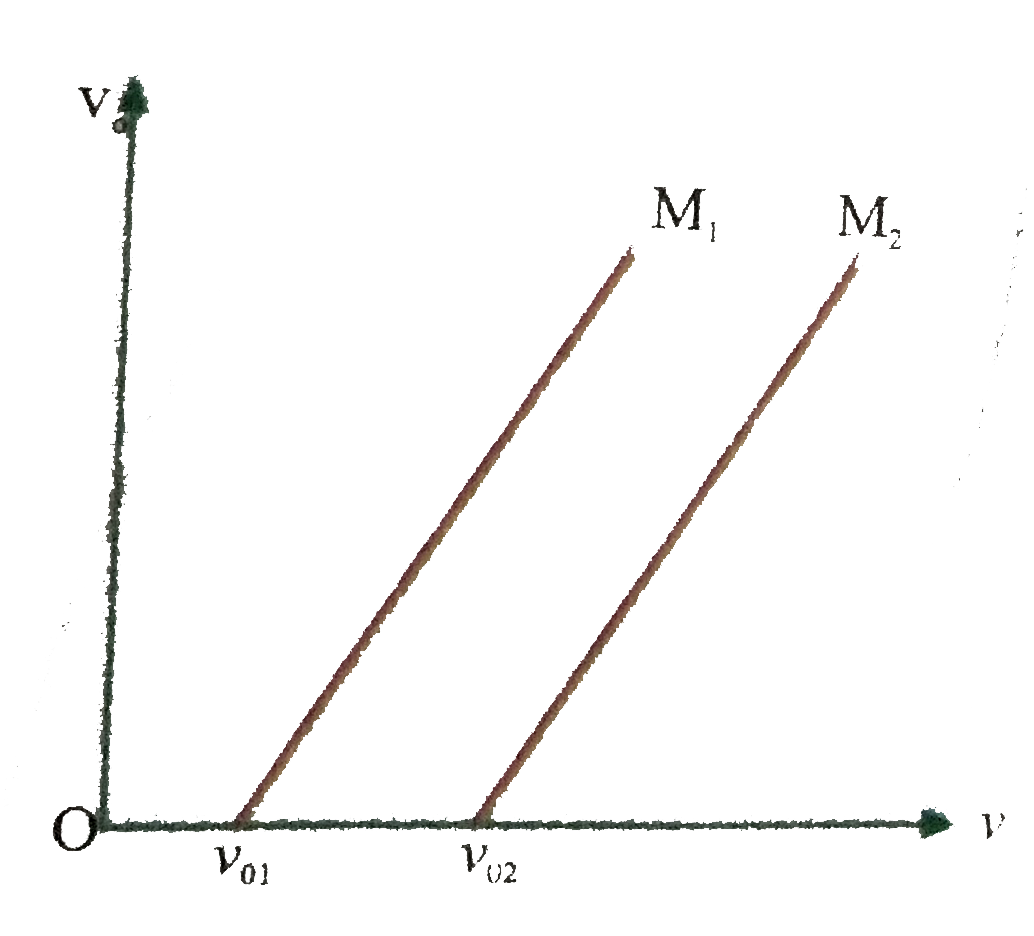Use of dilution formula (M1V1=M2V2)

The correct Answer is:(##ALNNCCHMCTE01012_A01##)
Step by step video, text & image solution for Use of dilution formula (M_(1)V_(1) = M_(2) V_(2)) by Chemistry experts to help you in doubts & scoring excellent marks in Class 12 exams.
Topper's Solved these Questions
- BOOK - ALLENCHAPTER - CONCENTRATION TERMSEXERCISE - Exercise S - I30videos
CONCENTRATION TERMS
- BOOK - ALLENCHAPTER - CONCENTRATION TERMSEXERCISE - Exercise S - II10videos
CONCENTRATION TERMS
- BOOK - ALLENCHAPTER - CONCENTRATION TERMSEXERCISE - Previous4videos
CONCENTRATION TERMS
- BOOK - ALLENCHAPTER - ACIDIC STRENGTH & BASIC STRENGTHEXERCISE - Exercise V16videos
ACIDIC STRENGTH & BASIC STRENGTH
Similar Questions
Two solution of H2SO4 of molarities x and y are mixed in the ratio of V1mL:V2mL to form a solution of molarity M1. If they are mixed in the ratio of V2mL:V1mL, they form a solution of molarity M2. Given V1/V2=xy>1andM1M2=54, then x:y is
View SolutionV1 cc of solution having molarity M1 is diluted to have molarity
M2. Derive expression (in terms of M1,M2andV1) for the
volume of water required to be added.View Solution
Knowledge Check
- Question 1 - Select One
A: 50 ml, decinormal HCl when mixed with 50 ml, decinormal H2SO4, then normality of H+ ion in resultant solution is 0.1 N.
R: Here, MV=M1V1−M2V2AIf both Assertion & Reason are true and the reason is the correct explanation of the assertionBIf both Assertion & Reason are true but the reason is not the correct explanation of the assertionCIf Assertion is true statement but Reason is falseDIf both Assertion and Reason are false statements - Question 2 - Select One
Two particles of masses m1 and m2 in projectile motion have velocities →v1 and →v2 , respectively , at time t=0. They collide at time t0. Their velocities become →v'1 and →v'2 at time 2t0 while still moving in air. The value of ∣∣∣(m1→v'1+m2→v'2)−(m1→v1+m2→v2)∣∣∣
AzeroB(m1+m2)gt0C2(m1+m2)gt0D12(m1+m2)gt0 - Question 3 - Select One
Two solution of H2SO4 of molarities x and y are mixed in the ratio of V1mL:V2mL to form a solution of molarity M1. If they are mixed in the ratio of V2mL:V1mL, they form a solution of molarity M2. Given V1/V2=xy>1andM1M2=54, then x:y is
A2:1B4:1C1:2D3:1
The Graham's law states that ''at constant pressure and temperature the rate of diffusion or effusion of a gas is inversely proportional to the squar root of its density Rate of diffusion ∝1√d
If r1 and r2 represent the rates of diffusion of two gases and d1 and d2 are their respective densities, then
r1r2=√d2d1
r1r2=√M2M1×P1P2
V1×t2V2×t1=√d2d1=√M2M1
V∝n (where n is no of moles)
V1∝n1 and V2∝n2
If some moles of O2 diffuse in 18 sec and same moles of other gas diffuse in 45sec then what is the molecular weight of the unknown gas ? .View SolutionThe Graham's law states that ''at constant pressure and temperature the rate of diffusion or effusion of a gas is inversely proportional to the squar root of its density Rate of diffusion ∝1√d
If r1 and r2 represent the rates of diffusion of two gases and d1 and d2 are their respective densities, then
r1r2=√d2d1
r1r2=√M2M1×P1P2
V1×t2V2×t1=√d2d1=√M2M1
V∝n (where n is no of moles)
V1∝n1 and V2∝n2
Helium and argon monoatomic gases and their atomic weights are 4 and 40 respectively Under identical conditions helium will diffuse through a semipermeable membrane .View SolutionFrom the above figure the values of stopping potentials for M1 and M2 for a frequency v3(>v02) of the incident radiatioins are V1 and V2 respectively. Then the slope of the line is equal to
View SolutionIn a direct impact loss in kinetic energy is given by
ΔK=M1M22(M1+M2)(V1−V2)2(1−k2)
with usual notations (except k) The quantity k will have dimensional formulaView SolutionFigure show the variation of the stopping potential (V0) with the frequency (v) of the incident radiations for two different photosensitive matererial M1 and M2 What are the values of work functions for M1 and M2 respectively
 View Solution
View Solution

